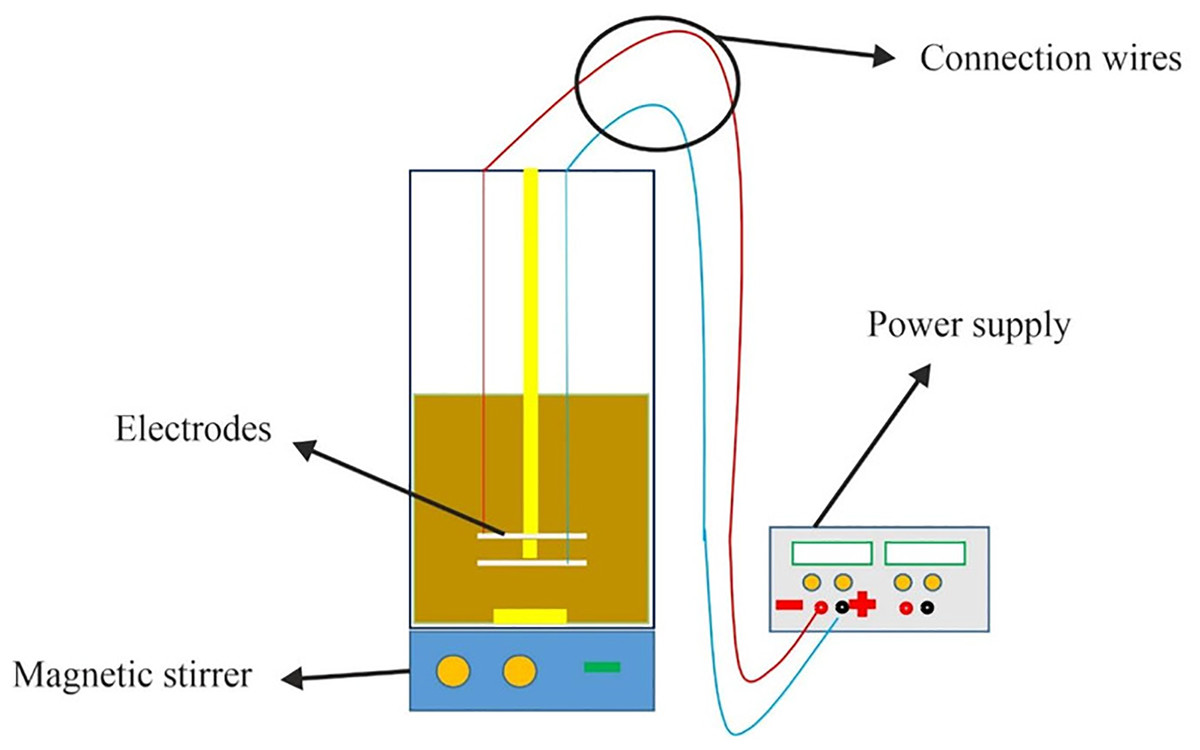
Any reaction occurring in solution necessitates stirring. From undergraduate experiments to top-tier state-of-the-art syntheses, stirring guarantees that reagents mix and react under regulated conditions. Magnetic stirrers – commonplace spinning workhorses – are fundamental to this process. Found in countless laboratories globally, they are nearly universally relied upon to perform their function without doubt.
But what if this confidence is unfounded? Previously, our investigation uncovered that numerous stirrer bars contain trace amounts of catalytic metals that can disrupt experiments and result in ‘phantom’ catalyst-free reactions.
Now, we are presenting a new concealed and surprisingly strong source of experimental variability: the positioning of a reaction vessel on a magnetic stirrer can greatly influence the efficiency of a reaction. Depending on the placement of a vial – even just a few centimeters apart on the same stir plate – reaction rates, yields, nanoparticle size, and even product composition can vary unexpectedly. In certain instances, the bar may fail to reach specific ‘dead’ zones in the reaction vessel or even cease spinning altogether.
### Indicators of stirring issues
Stirrer plates differ in their magnetic field strength and distribution. In many units, the strength diminishes significantly as you move away from the center. This impacts how the magnetic bar behaves – transitioning from smooth spinning in the center to erratic vibrations at the edges, to complete stalling in elevated or off-center configurations, such as oil baths or multi-vessel racks. We have documented these phenomena in real-time using time-lapse photography, NMR, and electron microscopy.
In parallel reactions, using identical conditions to synthesize nanoparticles, we noted more than two-fold variations in nanoparticle size attributed to misaligned stirrer bars. In Suzuki-Miyaura cross-coupling reactions, conversions fluctuated by over 10–20% among identical vials positioned on the same stirrer. Physical damage to vials – from oscillating bars grinding against the glass walls – has even been observed.
### A delicate matter
An inherent assumption is that such effects are significant only for heterogeneous systems – where the catalyst differs in phase from the reactants – involving solids, catalysts on supports, or immiscible phases. Indeed, these are the most evidently susceptible to stirring discrepancies. However, even seemingly homogeneous systems, where the catalyst and reactant share the same phase, are not exempt.
Several critical factors link our findings to homogeneous catalysis:
1. **Latent heterogeneity** – Many homogeneous reactions produce nanoparticles during catalysis, resulting in what is termed ‘cocktail-type’ catalysis. These phases act like heterogeneous systems.
2. **Colloidal states** – Transient colloids frequently form during solution reactions and are highly responsive to local stirring conditions.
3. **Temperature and viscosity gradients** – Even in a uniform liquid, stirring is crucial to distribute heat and manage viscosity variations that can affect selectivity and yield.
4. **Reagent addition dynamics** – Gradual addition of reagents, such as in titrations or multi-step dosing, produces transient concentration gradients that only effective stirring can homogenize.
5. **Photochemical systems** – In these cases, light penetrates only a portion of the solution, creating localized reaction zones. Without adequate mixing, photobleaching or inconsistent irradiation can influence reproducibility.
While certain homogeneous reactions may seem less sensitive to stirring at first glance, nothing should be assumed as certain. Many systems, particularly those involving fine mechanistic balance, are surprisingly reliant on the integrity of the stirring process.
### Can you identify the issue in your lab?
Begin with simple visual assessments. Conduct two identical reactions in vials placed in different locations on your magnetic stirrer plate. If you observe discrepancies in color change, yield, or product profile, examine closely. Observe how the stirring bar moves within the reaction vessel – erratic or oscillating bar motion signals potential issues. If your bar rattles, halts, or drifts during a reaction, then stirring is compromised. Likewise, if a nanoparticle reaction yields variable deposit sizes based on vial location, poor mixing could be the cause.
You can evaluate stir bar behavior by filming through the side of a vial or using a magnetic substance (nickel or iron granules) distributed across the stir plate to map magnetic field lines.
### Straightforward solutions
The positive aspect is: if the problem is noticeable, it can be resolved.
My primary recommendation is:
– Conduct a control experiment – particularly during final data collection. If you’re utilizing elevated setups (oil baths, multi-position stands), first validate the position.
– Always perform a control experiment with a single reaction vessel situated in the stirrer’s central ‘green zone’ – where bar motion is smooth and unfettered. This will assist you in evaluating how well parallel reactions reflect the true behavior of your system.
– Record stirrer model, bar type and size, stirring speed, and vessel geometry in your experimental section – this level of detail is uncommon.